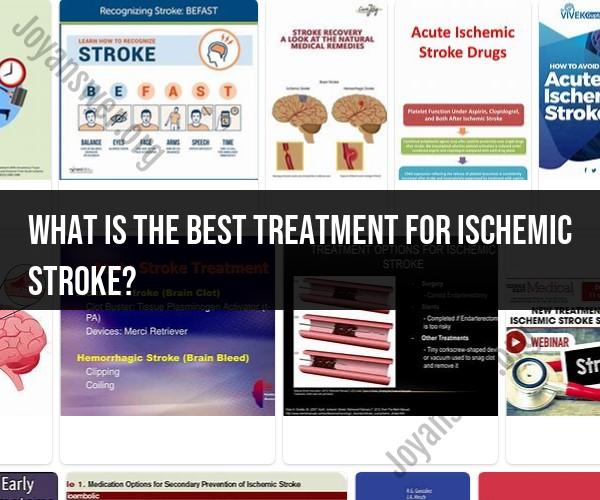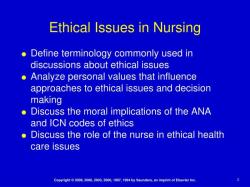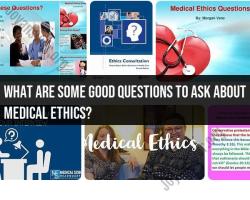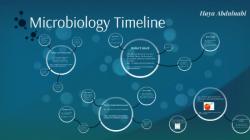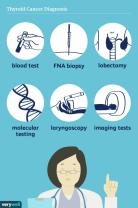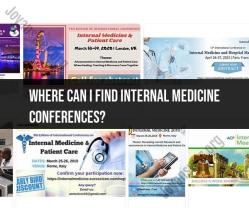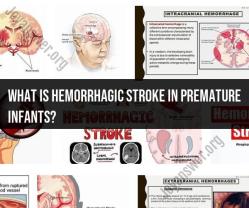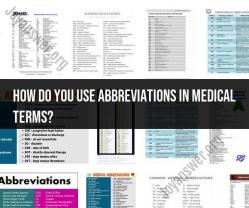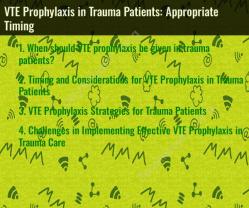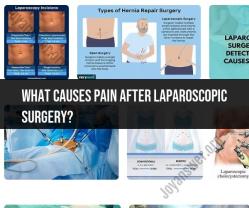What is the best treatment for ischemic stroke?
The treatment for ischemic stroke aims to restore blood flow to the brain as quickly as possible, minimize brain damage, and prevent future strokes. Ischemic strokes occur when a blood clot blocks an artery in the brain. Here are the key approaches for treating ischemic stroke:
1. Intravenous Thrombolysis (IV-tPA):
- Intravenous tissue plasminogen activator (IV-tPA) is a clot-dissolving medication given within a few hours of stroke onset.
- It helps dissolve the clot and restore blood flow to the brain.
- IV-tPA is most effective when administered within the first 4.5 hours after stroke symptoms start.
2. Mechanical Thrombectomy:
- Mechanical thrombectomy involves physically removing the clot using specialized devices.
- This procedure is used for large clots in major brain arteries and is often performed within 6 to 24 hours of symptom onset.
- It is highly effective and can significantly improve outcomes for eligible patients.
3. Antiplatelet and Anticoagulant Medications:
- These medications help prevent clot formation and reduce the risk of recurrent strokes.
- Antiplatelets, such as aspirin, prevent platelets from clumping together.
- Anticoagulants, like warfarin or direct oral anticoagulants (DOACs), inhibit blood clotting factors.
4. Blood Pressure Management:
- Maintaining optimal blood pressure is crucial to prevent further damage to blood vessels and reduce the risk of stroke recurrence.
5. Cholesterol Management:
- Statins and other cholesterol-lowering medications are often prescribed to manage cholesterol levels and reduce the risk of plaque buildup in arteries.
6. Diabetes Management:
- Controlling blood sugar levels is important for preventing complications that can increase the risk of stroke.
7. Lifestyle Changes:
- Adopting a healthy lifestyle can lower the risk of stroke recurrence. This includes maintaining a balanced diet, regular exercise, and avoiding smoking and excessive alcohol consumption.
8. Rehabilitation:
- Stroke survivors often require rehabilitation to regain lost functions and improve quality of life.
- Physical therapy, occupational therapy, and speech therapy may be recommended based on the individual's needs.
9. Addressing Underlying Conditions:
- Identifying and managing underlying conditions, such as atrial fibrillation (a heart rhythm disorder), carotid artery disease, or other vascular diseases, is important to prevent future strokes.
10. Education and Support:
- Education about stroke risk factors, symptoms, and prevention is essential for patients and their families.
- Support from healthcare providers, stroke support groups, and community resources can aid in recovery and long-term management.
Time is of the essence in treating ischemic stroke. Rapid recognition of stroke symptoms and immediate medical attention significantly improve outcomes. If you or someone you know experiences sudden numbness or weakness, confusion, trouble speaking, severe headache, or difficulty walking, seek emergency medical care promptly.
